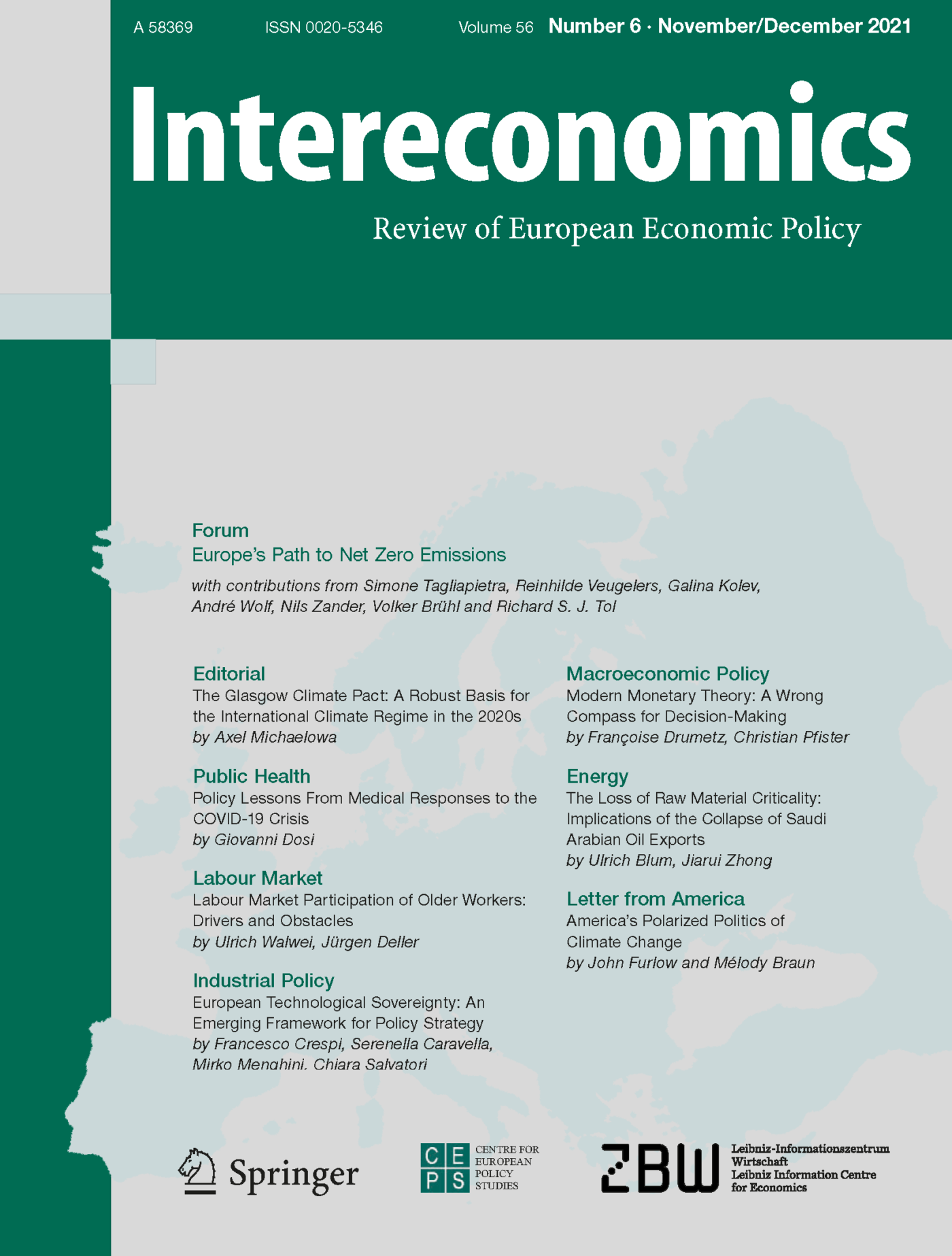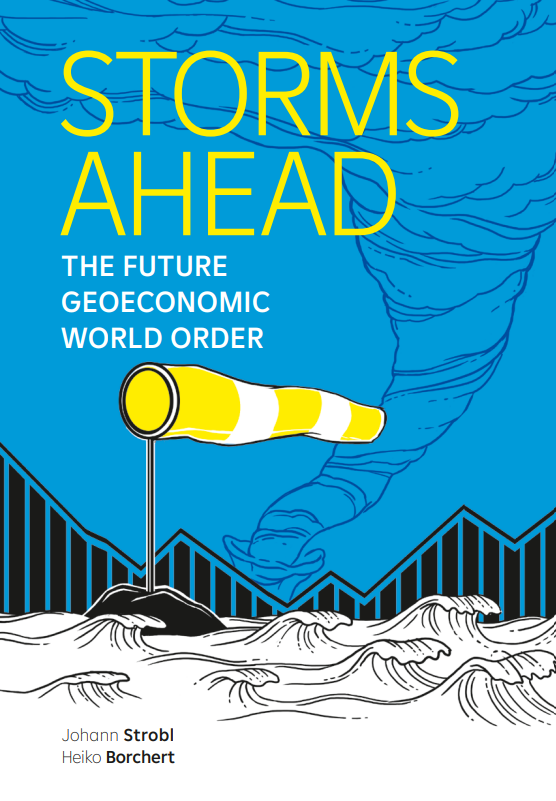Opinion
Manufacturing Europe’s growth
Europe's policies should focus on the high-end industries that are driving Europe's productivity growth.
Blueprint ‘Manufacturing Europe’s future‘
Stemming the decline of Europe’s manufacturing sector is often viewed as key to Europe’s growth after the crisis. For instance, the European Commission’s 2012 communication on a ‘A stronger European industry for growth and economic recovery’ stated that “Europe needs industry”. The communication set out a roadmap for re-industrialising Europe, with the aim of ‘raising the share of industry in gross domestic product (GDP) from the current level of around 16% to as much as 20% in 2020′. It also spelled out action plans for specific sectors and technologies.
But setting the right policies requires an understanding of the changing role of manufacturing in Europe’s economy. Targeting a minimum share of GDP for manufacturing and focusing on specific sectors and technologies do not reflect a correct understanding of the situation.
The relative decline of manufacturing in Europe’s GDP and employment (currently at, respectively, 16% and 14%) is a result of many factors: the slower growth in demand for products compared to services; the stronger productivity growth in manufacturing than in services and the growing strength of emerging countries, especially in Asia, as producers of manufactured goods. This decline is evident across almost all manufacturing sectors, crossing the hi-tech/low-tech divide, and all European Union countries, although with different intensities and with a different weight on what causes the decline.
Despite its relative decline, manu-facturing still matters in and for Europe, but its contribution to the economy is changing dramatically. As Europe’s manufacturing shifts towards higher value-added activities, its major contribution is to productivity growth: the sector accounts for 65% of Europe’s business R&D and 60% of its productivity growth. This shift towards higher value-added activities correlates with a growing ‘servitisation of manufacturing’ (ie, a strategy of creating value by adding services to products) and a greater innovative capacity. It also involves a shift towards higher-skilled and better- paid manufacturing jobs.
This transformation of Europe’s manufacturing towards higher value-added, more innovative and higher-skilled activities holds across all sectors, even in traditional sectors like food and textiles. In other words, the old divide between sectors is rapidly becoming irrelevant for policymaking and being replaced by a divide between high- and low-value-added activities that pervades all sectors.
The development of high value-added activities is increasingly being done through global value chains. Participation in global value chains allows firms and countries to specialise in certain activities and to be more efficient, with higher productivity growth. In Europe, many firms participate also or even only in European value chains that have flourished thanks to the EU’s single market. These European value chains are integral parts of global European chains and allow European firms to be globally competitive.
This means that the ‘Europe needs industry’ credo should be replaced by ‘Europe needs innovative firms that operate in activities with a high value-added and participate in European and global value chains’. The goal of European policymakers should be to make Europe an attractive place for innovative firms, regardless of their sectoral activity.
Access to large, open and inter-connected markets remains a major location factor for all firms, within and outside manufacturing. Firms also need to be able to tap into efficient infrastructure services, pools of specific skills and networks of innovative capacity as well as competitively priced material inputs. They also need access to capital markets able to fund their innovative processes and their international growth strategies. A dynamic and competitive EU single market should therefore be the main priority of European policymakers keen to foster the manufacturing sector. Much remains to be done to further not only the integration of European product markets, but also a genuine single market for transport, tele-communications, financial services, energy as well as higher education and research.
Finally, a dynamic and competitive EU single market must be accompanied by reforms of national social policies in the direction of greater flexibility and better security for workers who should be equipped with better skills acquired not only in schools but also in the workplace and throughout their careers.
Blueprint ‘Manufacturing Europe’s future‘
Republishing and referencing
Bruegel considers itself a public good and takes no institutional standpoint.
Due to copyright agreements we ask that you kindly email request to republish opinions that have appeared in print to [email protected].











